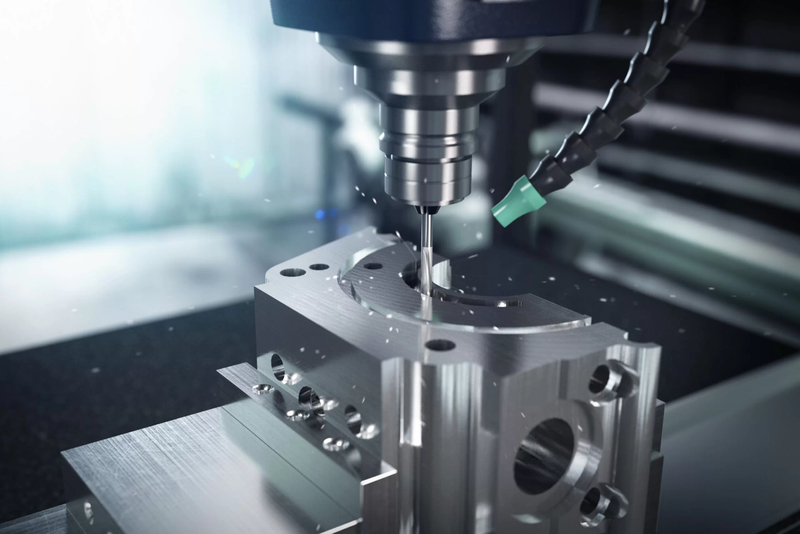Modern manufacturing relies heavily on CNC (Computer Numerical Control) prototyping, which allows designers to quickly and accurately construct functional CNC prototypes. However, CNC prototyping has a number of challenges in addition to its many benefits. Further in this blog, we will examine some of the most common problems encountered in CNC prototyping and how professionals in the field resolve them.

Material Selection and Compatibility
Choosing the appropriate material is one of the initial difficulties in CNC prototyping. Different properties of materials, such as machinability, hardness, and strength. Using an incompatible material can cause the CNC machine to break or result in an unsatisfactory prototype.
Experts do extensive material study and testing to address this difficulty. They select materials that are both suitable for the CNC machining process and meet the specified qualities of the finished product.
Complex Geometries and Designs
Modern prototypes have complex geometries that can be challenging to produce precisely. Intricate designs and tight tolerances require advanced knowledge and tools. Skilled CNC operators plan and visualize the machining process with the help of advanced software and machining tools. This enables them to recognize possible problems prior to the start of actual manufacturing. Additionally, they make use of multi-axis CNC machines, which are better equipped to handle complex geometries. Additionally, prototype tooling is tailored to meet certain design specifications, guaranteeing exact and accurate replication of intricate components.
Tool Wear and Breakage
High-speed cutting is a feature of CNC machining, and it can seriously damage the tooling. Regular tool failure can raise expenses and cause downtime, which can reduce the prototyping process's overall effectiveness.
Experts employ strong, long-lasting tooling materials that can survive the demands of CNC machining to reduce tool wear and breakage. In order to identify early indications of tool wear, they also put monitoring systems and regular maintenance programs into place. Furthermore, sophisticated cutting techniques including feed rate optimization and appropriate cooling aid in extending tool life and lowering breakage risk.
Surface Finish and Quality Control
It might be difficult to achieve a smooth surface finish and uphold high standards, particularly for prototypes that require fine detailing and aesthetic appeal.
To obtain an exceptional surface finish of a CNC prototype, experts use a combination of fine-tuning machining parameters and precise tools. Additionally, post-machining procedures like coating and polishing are employed to improve the prototypes' surface quality. Strict quality control procedures, such as surface roughness testing and dimensional inspections, guarantee the finished prototypes adhere to the necessary guidelines and standards.
Time and Cost Efficiency
One of the most persistent challenges in CNC prototyping is finding a way to balance cost and time efficiency without sacrificing output quality. Quick turnaround times are necessary for rapid prototyping, but the quality of the prototypes shouldn't suffer as a result.
Through meticulous planning and scheduling, experts maximize the CNC machining process. Utilizing cutting-edge software, they can generate and simulate tool paths more effectively, cutting down on machining time and material waste. The purpose of prototype tooling is to enable quicker production cycles without compromising on quality. Additionally, over time, process efficiency is increased and refined with the use of continuous improvement techniques including reviewing earlier projects and putting input into practice.
In the manufacturing sector, CNC prototyping is a vital technology that makes it possible to create accurate and useful prototypes. Professionals in this sector overcome common obstacles and produce great prototypes by utilizing cutting-edge technology, premium prototype tooling, and knowledgeable tactics. This guarantees that the finished goods are of the greatest quality and satisfy the strict requirements of contemporary manufacturing, in addition to accelerating the process of product creation.
















